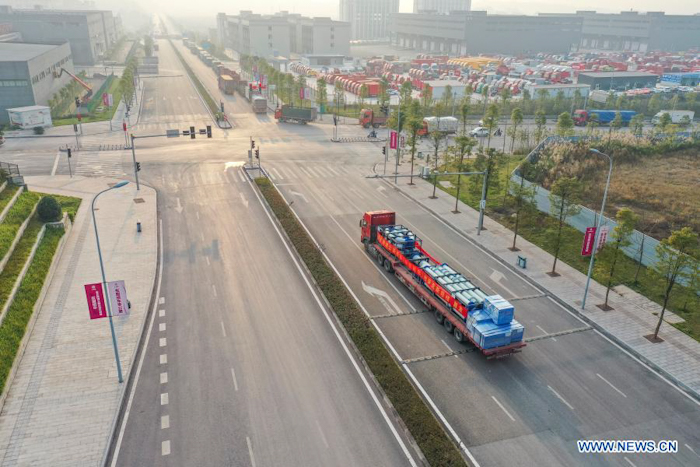ADB Encourages GMS Countries to Propose Investment Projects to Capitalize on the Implementation of the GMS Sustainable Agriculture and Food Security Program
As a technical assistance (TA) program, the Greater Mekong Subregion (GMS) Sustainable Agriculture and Food Security Program (SAFSP) itself will not satisfy the vast needs of some GMS countries for infrastructure and facilities. The Asian Development Bank (ADB) therefore recommends each GMS Agriculture ministry to capitalize on this TA, together with other efforts, to come up with investment projects. Mr.








